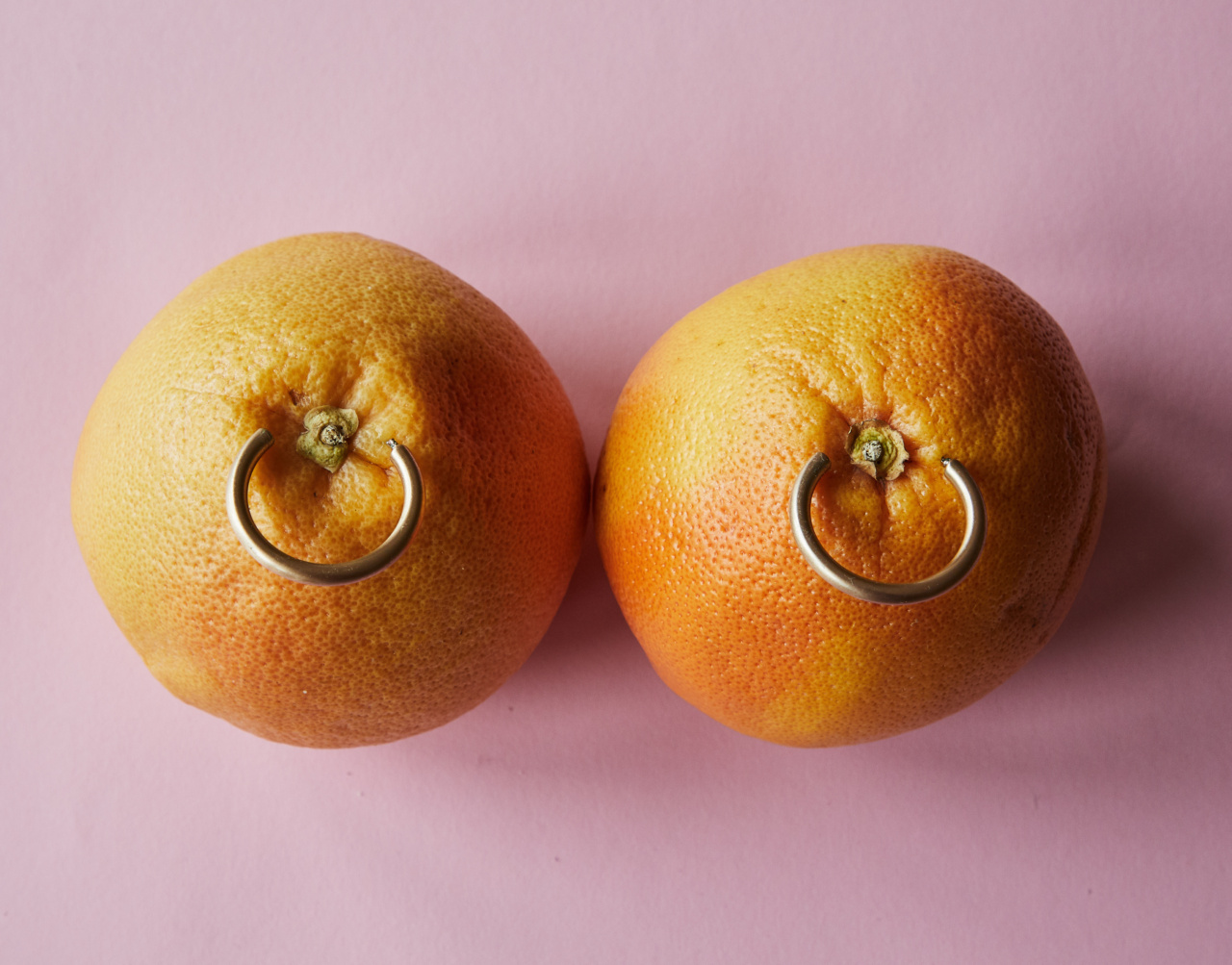When it comes to breast surgery, one of the primary concerns for many women is preserving the appearance and functionality of their nipples.
Fortunately, advancements in medical techniques have made it possible to perform nipple-sparing procedures that can address various breast issues while retaining the natural nipple anatomy. In this article, we will explore everything you need to know about nipple-saving breast surgery.
1. What is Nipple-Saving Breast Surgery?
Nipple-saving breast surgery, also known as nipple-sparing mastectomy or breast-conserving surgery, is a surgical procedure that aims to preserve the natural nipple and areola while treating breast conditions such as cancer, cysts, or other breast abnormalities. It involves removing breast tissue while leaving the external nipple intact.
2. How is Nipple-Saving Breast Surgery Performed?
Nipple-saving breast surgery is typically performed by a skilled breast surgeon in a hospital setting. The procedure involves carefully removing the breast tissue while preserving the blood supply and nerves that support the nipple and areola.
The surgeon makes an incision either around the areola or in the fold beneath the breast, depending on the individual case.
3. Who is a Candidate for Nipple-Saving Breast Surgery?
While nipple-saving breast surgery can be a suitable option for many individuals, not everyone is a candidate for this procedure.
The eligibility for nipple-sparing surgery depends on various factors such as breast size, tumor size and location, and the presence of any pre-existing conditions. Your healthcare provider will assess your specific circumstances to determine if you are a suitable candidate for nipple-saving breast surgery.
4. Advantages of Nipple-Saving Breast Surgery
There are several advantages to nipple-saving breast surgery compared to traditional mastectomy procedures. Some of these advantages include:.
a. Natural Appearance:
Preserving the nipple and areola allows for a more natural-looking breast reconstruction outcome.
b. Sensation Retention:
By preserving the nerves in the nipple and areola, there is a higher chance of retaining sensation in these areas. This is particularly important for many women’s satisfaction and well-being.
c. Psychological Benefits:
Retaining the nipple can provide psychological benefits, as it helps maintain body image and self-confidence, thereby supporting emotional well-being throughout the breast surgery journey.
5. Risks and Considerations
While nipple-sparing breast surgery offers many benefits, there are still potential risks and considerations to keep in mind:.
a. Cancer Risk:
In select cases where the risk of malignancy is high or if cancer is already present in the nipple or areola, nipple-sparing surgery may not be recommended. Your healthcare provider will evaluate this risk on a case-by-case basis.
b. Nipple Necrosis:
In some instances, the nipple may not receive sufficient blood supply post-surgery, leading to nipple necrosis or nipple loss. This risk is relatively low but should be discussed with your surgeon.
c. Scarring:
Like any surgical procedure, there will be scarring. However, advancements in surgical techniques aim to minimize scarring and improve aesthetic outcomes.
6. Recovery and Aftercare
Recovery after nipple-saving breast surgery varies for each individual. Your surgeon will provide specific aftercare instructions tailored to your situation, but generally, these may include:.
a. Rest and Healing:
It is crucial to allow your body to rest and heal following the surgery. Avoid strenuous activities and follow any lifting restrictions provided by your surgeon.
b. Medication:
Your surgeon may prescribe pain medication and antibiotics to help manage pain and prevent infection.
c. Follow-up Appointments:
Regular follow-up appointments are essential to monitor your healing progress and address any concerns or questions you may have.
7. Breast Reconstruction Options
After nipple-saving breast surgery, you may choose to undergo breast reconstruction to restore the shape and volume of your breasts. There are several reconstruction options available:.
a. Implant Reconstruction:
Implant reconstruction involves using silicone or saline implants to recreate the breast mound.
b. Autologous Reconstruction:
Autologous reconstruction utilizes your body’s own tissue, typically from the abdomen or back, to reconstruct the breast. This option often provides a more natural texture and appearance.
c. Hybrid Reconstruction:
Hybrid reconstruction combines implant and autologous techniques to achieve the desired outcome.
8. Consultation with a Breast Surgeon
If you are considering nipple-saving breast surgery, it is essential to schedule a consultation with a skilled and experienced breast surgeon.
During your consultation, be prepared to discuss your medical history, expectations, and any concerns you may have regarding the procedure.
9. Insurance Coverage
It is crucial to contact your insurance provider to understand the coverage and reimbursement options for nipple-saving breast surgery and breast reconstruction.
Many insurance plans cover these procedures, particularly when performed as part of medically necessary treatments.
10. Conclusion
Nipple-saving breast surgery is a remarkable advancement in the field of breast surgery, allowing women to maintain the natural appearance and sensation of their nipples while addressing various breast conditions.
The procedure offers several advantages in terms of aesthetics, sensation retention, and overall well-being. It is important to consult with a qualified breast surgeon to assess your candidacy and explore the best course of action for you.



















